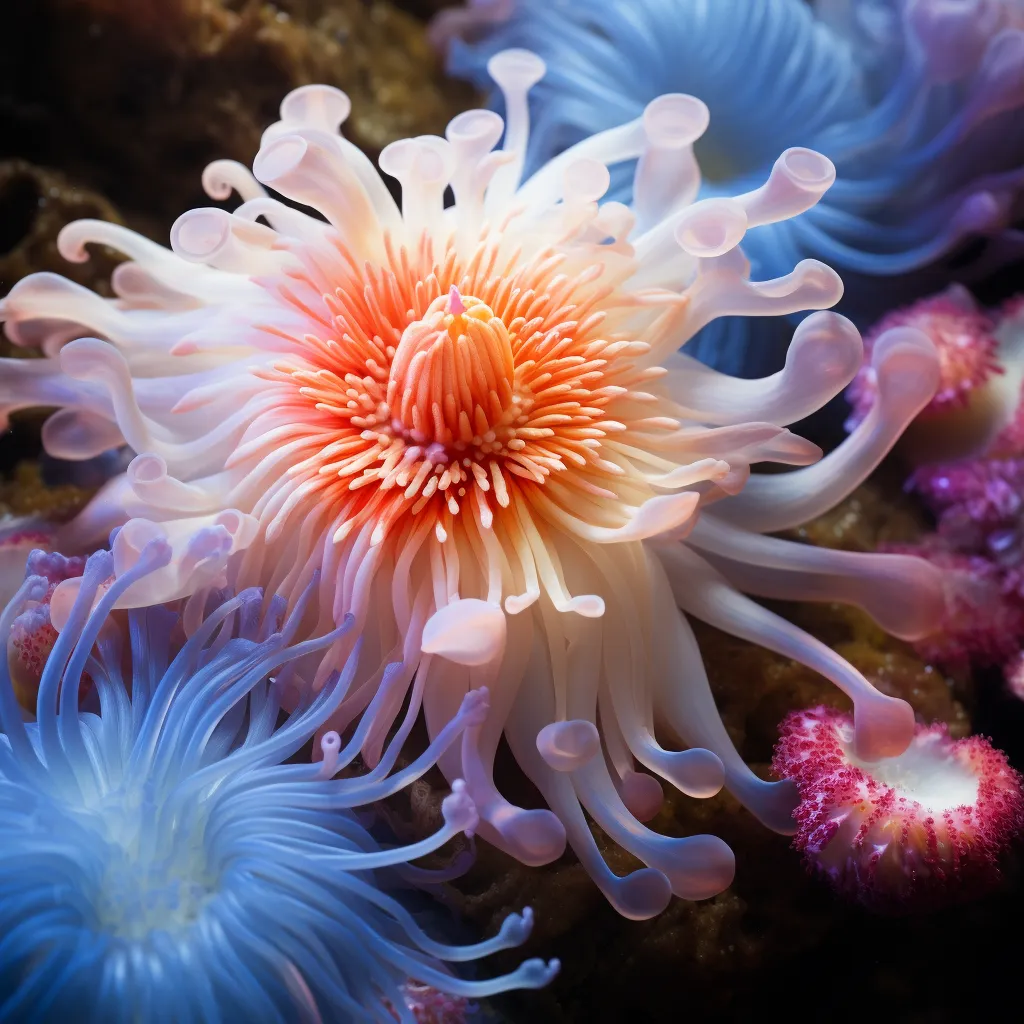Story of Day :
Contents
Anemone apennina (Blue Anemone) Plant Care Tips
Are you looking to add a touch of color and elegance to your garden? Look no further than the beautiful Anemone apennina, commonly known as the Blue Anemone.
With its delicate blue flowers and vibrant green foliage, this plant is sure to be a showstopper in any garden.
In this article, we will explore some essential care tips for the Blue Anemone, ensuring that you can enjoy its beauty all season long.
Planting
The first step in caring for your Blue Anemones is planting them correctly.
These plants prefer well-drained soil with good organic content.
They thrive in partial shade but can also tolerate full sun if provided with enough moisture.
- Choose a spot in your garden that receives dappled sunlight or morning sun but is protected from intense afternoon heat.
- Prepare the soil by incorporating compost or well-rotted manure to improve drainage and fertility.
- Dig a hole slightly larger than the root ball of the plant and gently place it inside.
- Backfill with soil, firming it around the roots carefully.
- Water thoroughly after planting to settle the soil and encourage root establishment.
Watering
Adequate watering is crucial for maintaining healthy Blue Anemones.
These plants prefer consistently moist but not waterlogged conditions throughout their growing season.
Follow these watering tips:

- Irrigate deeply once or twice per week during dry spells or when rainfall is insufficient.i
i Avoid overhead watering as it can lead to fungal diseases.i
It’s important to note that overwatering can be just as detrimental as underwatering.
To ensure proper moisture levels, insert your finger into the soil.
If it feels dry at a depth of one inch, it’s time to water again.
Fertilization
Blue Anemones benefit from regular feeding to promote healthy growth and abundant blooms.
Apply a balanced, slow-release fertilizer in early spring and again in mid-summer following these guidelines:

- Use a granular or liquid fertilizer with an N-P-K ratio of 10-10-10 or similar.
- Follow the package instructions for the correct dosage based on the size of your garden and plant density.
- Avoid fertilizing late in the season, as it may encourage new growth that is susceptible to frost damage.
Mulching
Mulching is essential for preserving moisture, suppressing weeds, and maintaining an even soil temperature around Blue Anemones.
Follow these mulching tips:
- Apply a layer of organic mulch such as wood chips or straw around the base of each plant.i
 i Avoid piling mulch against the stems to prevent rotting and other diseases.i
i Avoid piling mulch against the stems to prevent rotting and other diseases.i
Mulch should be applied after planting and can be refreshed annually in early spring before new growth emerges.
Pests and Diseases
Pests: There are several pests that commonly affect Blue Anemones:
There are several pests that commonly affect Blue Anemones:
Use physical barriers such as copper tape or beer traps to keep them at bay.
Applying beneficial nematodes in late summer or using specific insecticides can help control them.
Diseases:
Blue Anemones are relatively resistant to diseases but may occasionally be affected by the following:
Ensure good air circulation around plants and avoid overhead watering to prevent this issue.
Propagation
If you want to multiply your Blue Anemones, propagation is relatively straightforward.
The most common methods include division or sowing seeds:
- Division: In early spring or fall when plants are dormant, carefully lift clumps of Blue Anemones from the ground using a garden fork, ensuring you don’t damage the delicate roots.
Divide into smaller sections with healthy growth points and replant immediately.
- Sowing seeds: Collect mature seed pods after flowering has finished.
Sow them directly into well-prepared soil in early spring or late summer for cool-season germination.
Keep the soil consistently moist until seedlings emerge.i
In Conclusion
Anemone apennina (Blue Anemone) is a stunning plant that requires proper care to thrive in your garden.It prefers well-drained soil with partial shade,maintained moisture levels,and regular feeding.Mulching helps preserve moisture while preventing weed growth.Pest and disease control should be implemented proactively.Dividing clumps and sowing seeds are effective ways to propagate this beautiful plant.
By following these care tips, you can enjoy the beauty of Blue Anemones year after year.
Get ready to dazzle your garden with its vibrant blue flowers and lush foliage!